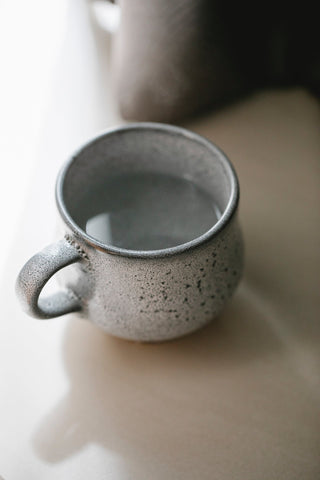How Many ml is a Cup Of Water?

In the realm of cooking and baking, precision is key. Whether you're a seasoned chef or a novice in the kitchen, understanding measurements is fundamental to achieving the perfect dish. One common measurement that often raises questions is the cup, especially when it comes to something as essential as water. How many millilitres is a cup of water? Let's dive into the details and demystify this kitchen quandary.
The Standard Cup Measurement:
In the United States, a standard cup for measuring liquids is defined as 8 fluid ounces. This equates to approximately 240 milliliters. However, it's crucial to note that cup measurements can vary across countries. For instance, in Australia, the standard cup is 250 milliliters, and in the United Kingdom, it's 284 milliliters. To avoid confusion, it's advisable to be aware of the cup measurement system used in the recipe you're following.
The Metric Equivalent:
For those who prefer using the metric system, 1 cup of water is equivalent to 250 millilitres. This conversion is handy when you come across a recipe that provides measurements in millilitres rather than cups. Having a clear understanding of this conversion can make the cooking process smoother and more accurate.
Why It Matters:
Accurate measurements are critical in the world of cooking and baking. Water, being a universal ingredient, is often a base for many recipes. Whether you're making soups, sauces, or baking a cake, having the correct amount of water is essential to achieving the desired taste and texture.
Moreover, precision in measurements is especially crucial in the realm of baking, where the chemical reactions between ingredients can significantly impact the final product. Too much or too little water can alter the consistency of dough or batter, affecting the outcome of your culinary creation.
Tips for Measuring Water:
1. Use Liquid Measuring Cups: When measuring water, use a liquid measuring cup designed for liquids. These cups typically have a spout for easy pouring and are marked with clear measurements.
2. Level Off Dry Ingredients: If you're measuring water in a dry measuring cup, be sure to level it off. Unlike flour or sugar, water should form a flat surface at the top of the measuring cup.
3. Eye Level Accuracy: To ensure precise measurements, always check the measurement at eye level. This helps avoid inaccuracies caused by looking at the cup from an angle.
Conclusion:
Understanding how many millilitres are in a cup of water is a fundamental skill for any home cook. Whether you're following a recipe or creating your own culinary masterpiece, accuracy in measurements ensures that your dishes turn out as intended. By demystifying this common kitchen question, you're one step closer to achieving perfection in your cooking endeavours. So, the next time you reach for that measuring cup, you can do so with confidence, knowing exactly how much water you're adding to your recipe.